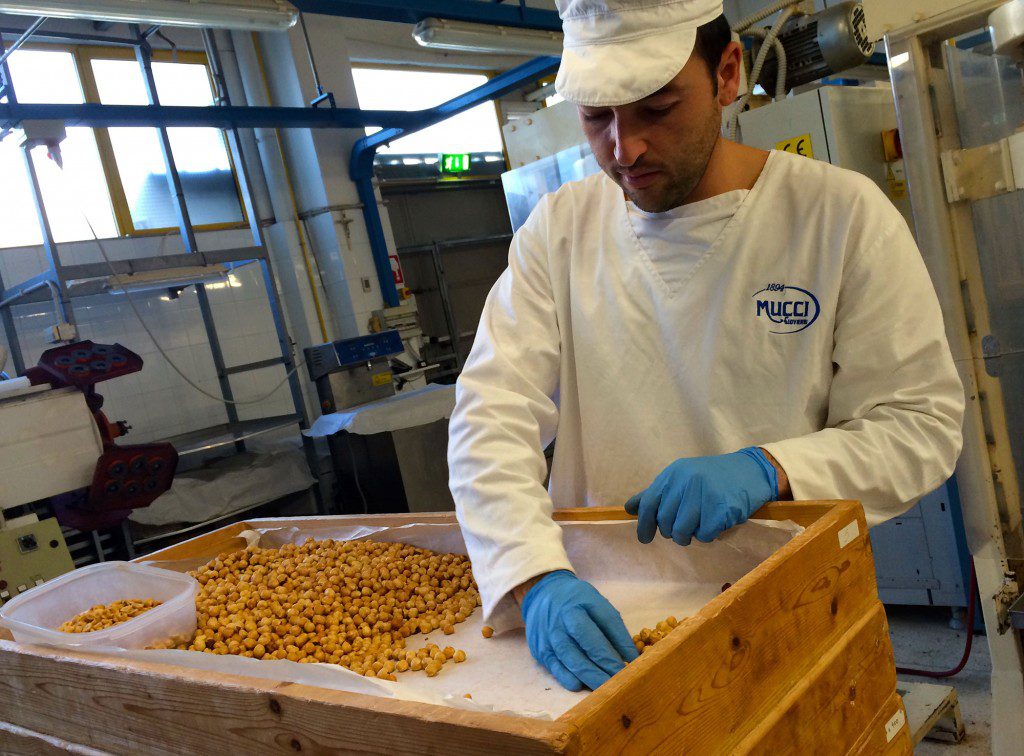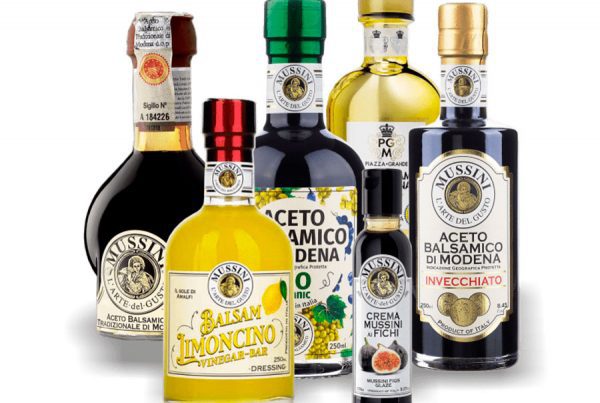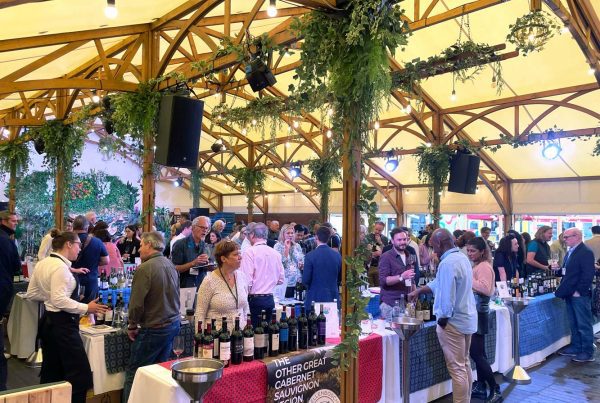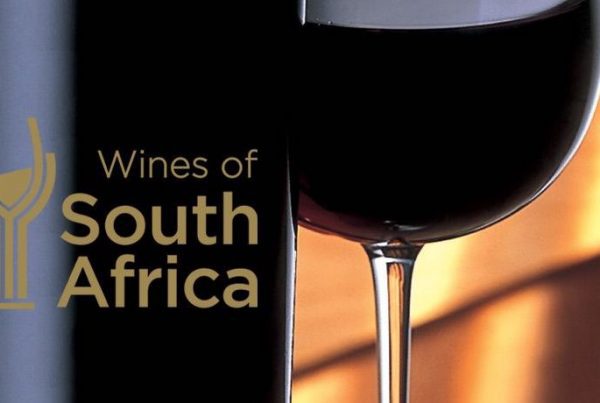In November we visited Bari, Puglia’s capital and one of the south’s most prosperous towns. A busy schedule saw us visiting local wine and olive growers, pasta producers, cheese makers and other traditional producers.
 Puglia is Italy’s biggest wine and olive oil producer. Viticulture is deeply rooted in local traditions but until 20 or so years ago, a large proportion of Puglia’s grapes were used to add “substance” to wines produced in the rest of Italy and France.
Puglia is Italy’s biggest wine and olive oil producer. Viticulture is deeply rooted in local traditions but until 20 or so years ago, a large proportion of Puglia’s grapes were used to add “substance” to wines produced in the rest of Italy and France.
Thankfully this is no longer the case and Puglia now boasts 25 different DOC areas and some excellent vintages of its own. The most widely grown grape variety is Negroamaro (literally ‘black bitter’). Almost exclusively cultivated in Puglia, Negroamaro is used to produce some of the region’s best wines, including Salice Salentino.
For millennia Puglia has been predominantly an agricultural region, producing around 40% of Italy’s olive oil and a large proportion of its wine. Its essentially agricultural nature means that the region’s cuisine is home-country inspired, predominantly using the abundant local produce such as durum wheat, tomatoes, artichokes, fava beans, rocket, courgettes, beans, fennel, peppers, onions, beef and lamb.
In terms of pasta, Puglians pride themselves on their orecchiette, little ear-shaped shells that are still produced by hand on a daily basis by many signore. It is usually served with tasty sauces such as meat ragu, broccoli and lard, mushrooms or turnip tops. The pasta itself is made rigorously from durum wheat flour, water and salt. Eggs, once considered a luxury, are not used in traditional Puglian pasta-making.





